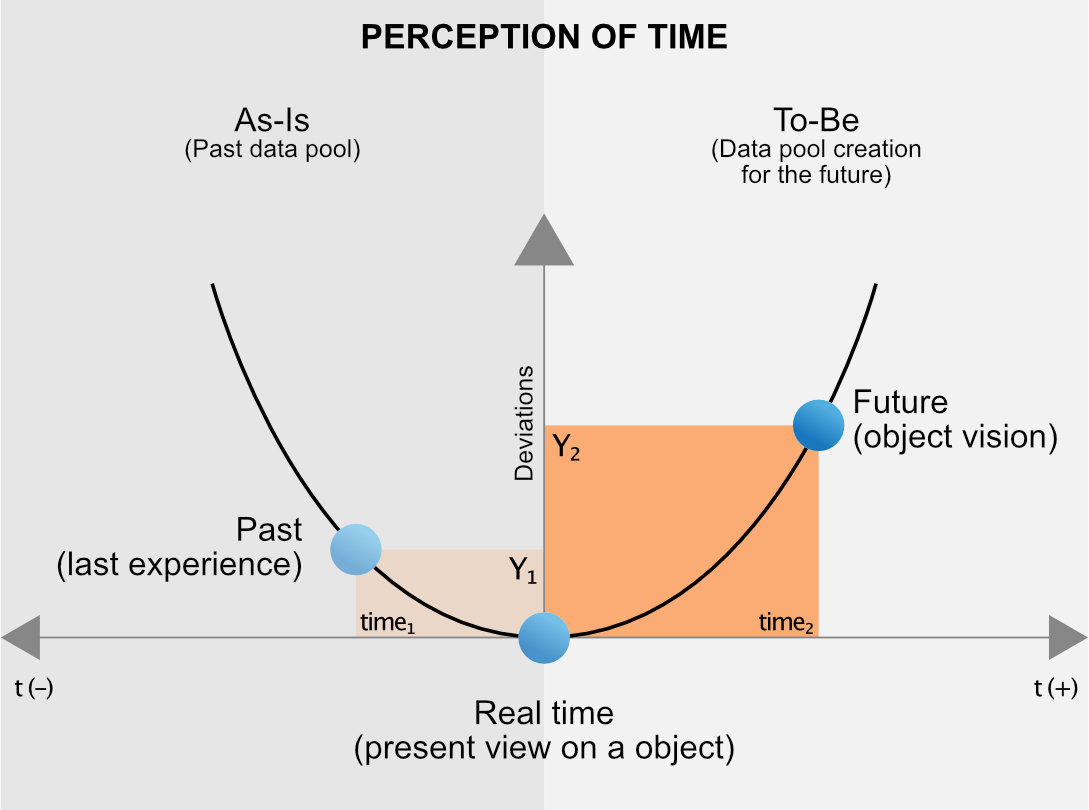Figure C8f Relativity in strategy, tactic, and business operations

Figure C8f Relativity in strategy, tactic, and business operations
Figure C8f recalls how we perceive time and the added value we expect from projects. Looking to the future exaggerates our ideas (excitement or worries); for example, we are worried about what will happen to the state's economy in 3 years.
On the opposite side, our view from the present to the past is different. For example, back 30 years (ten times longer time), we see an image, a snap of what was. We are not ready to advise ourselves on learning lessons.
We are still trying to shift the burdens of the past into positions of assumptions for the future. But As Is-Is about assumptions built for To-Be stages, not about rolling old loads (burdens) to the future.
Figure C8f discovers further influencers (e.g., the relativity of time in the perception of development and safety of thinking of the Human in the Great triad). Suppose we have time1 for the past and time2 for the coming years.
Looking to the past evokes a minor impact on thinking about future events (all is reduced on a memory). Still, a look at the coming (future) events evocates a more significant (fantasy) impact on us (on our thinking).
The relationship between motivation and navigation of our thinking is changeable (different). It is different from our views on the past (on the way from the past to the As-Is position). And it is different for scaling our perspective on the future (on the way from the present situation to the To-Be work).
Perception of time in the Global Digital Transformation (GDT) is a sensitive task mainly for keeping a realistic view of all transformation segments and their long time remaining in such a broad and complex project. It is about the feasibility and sustainability of shift, e.g., in the sense of Figure C8d.2.